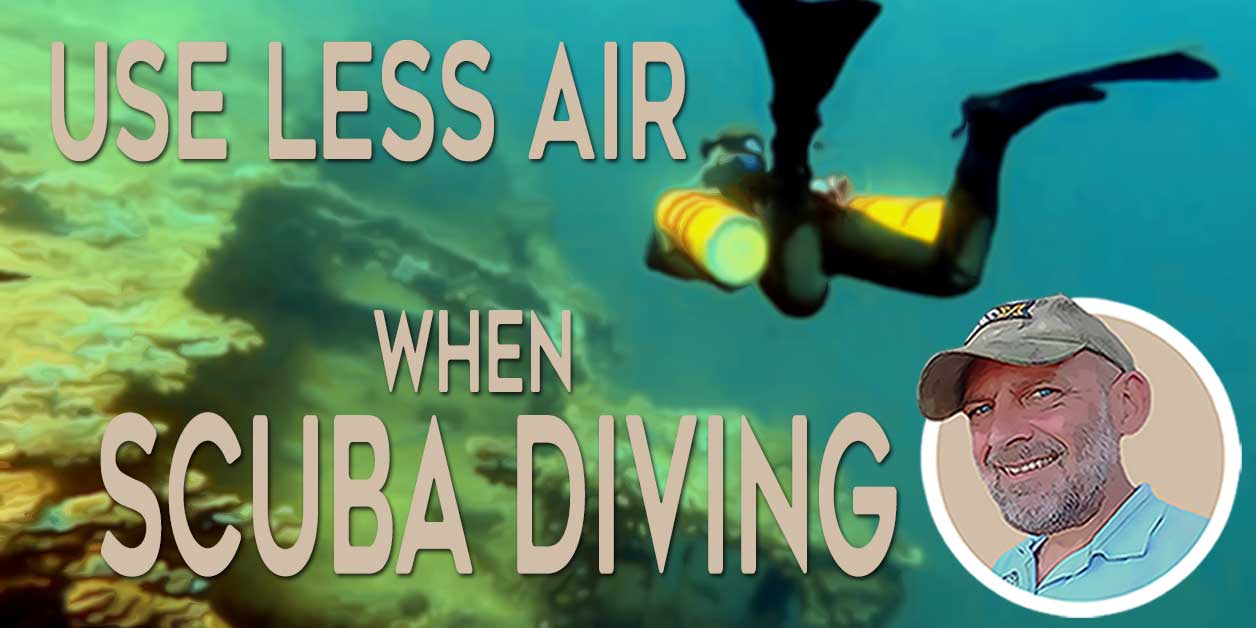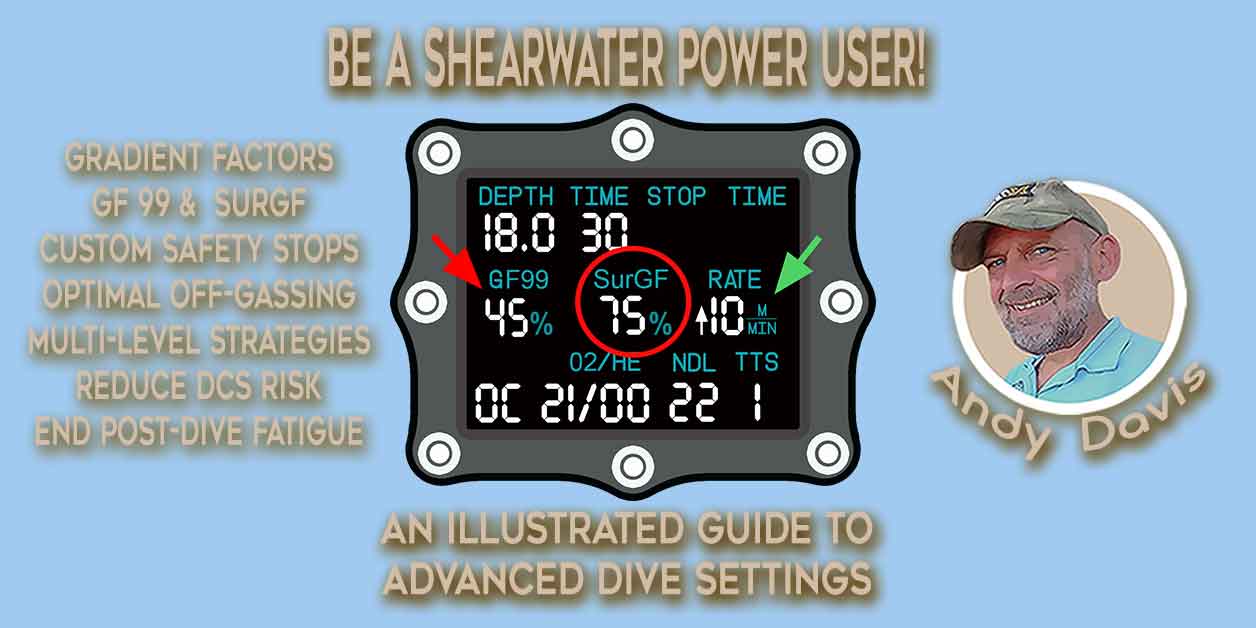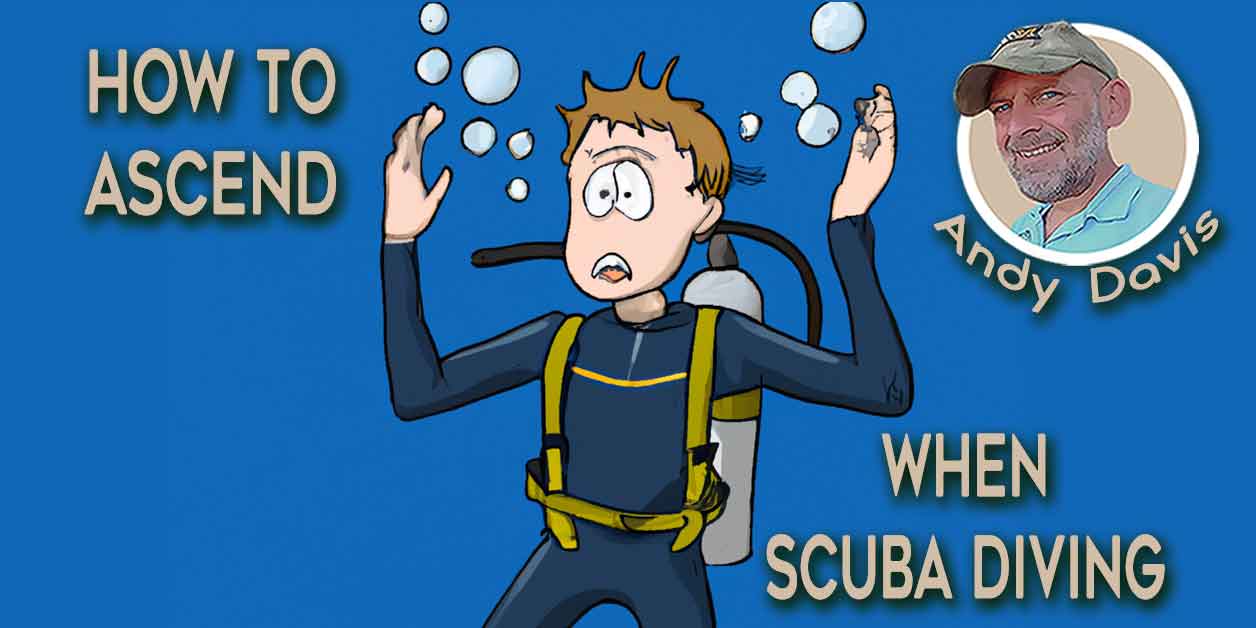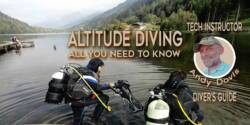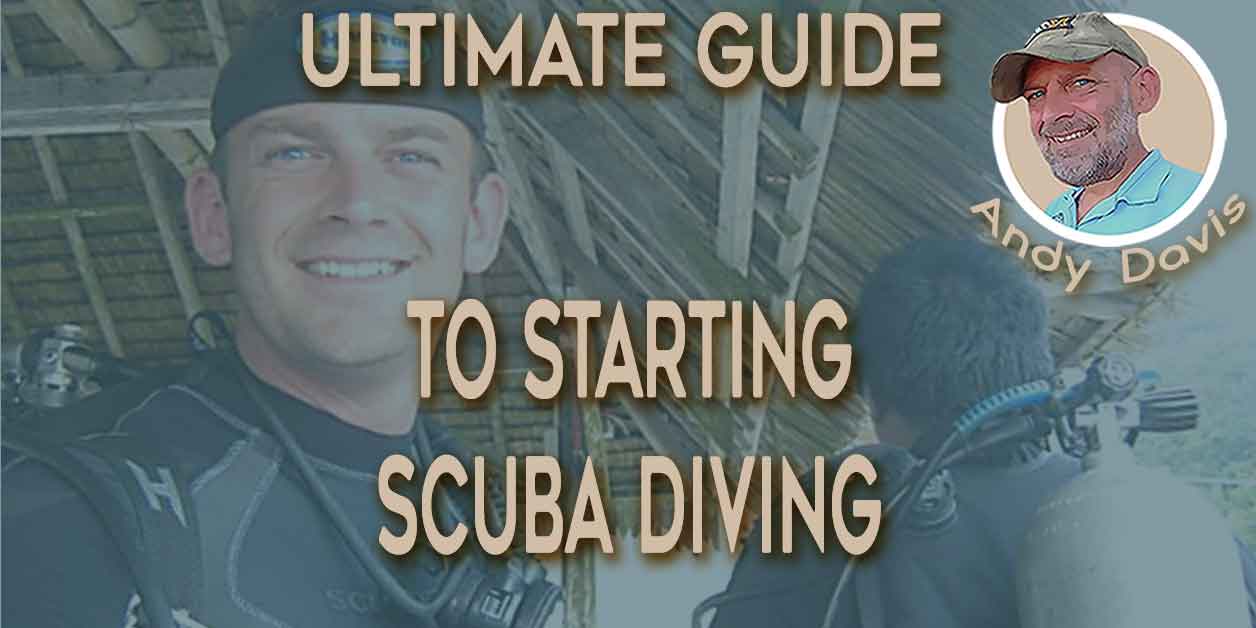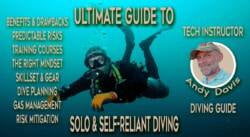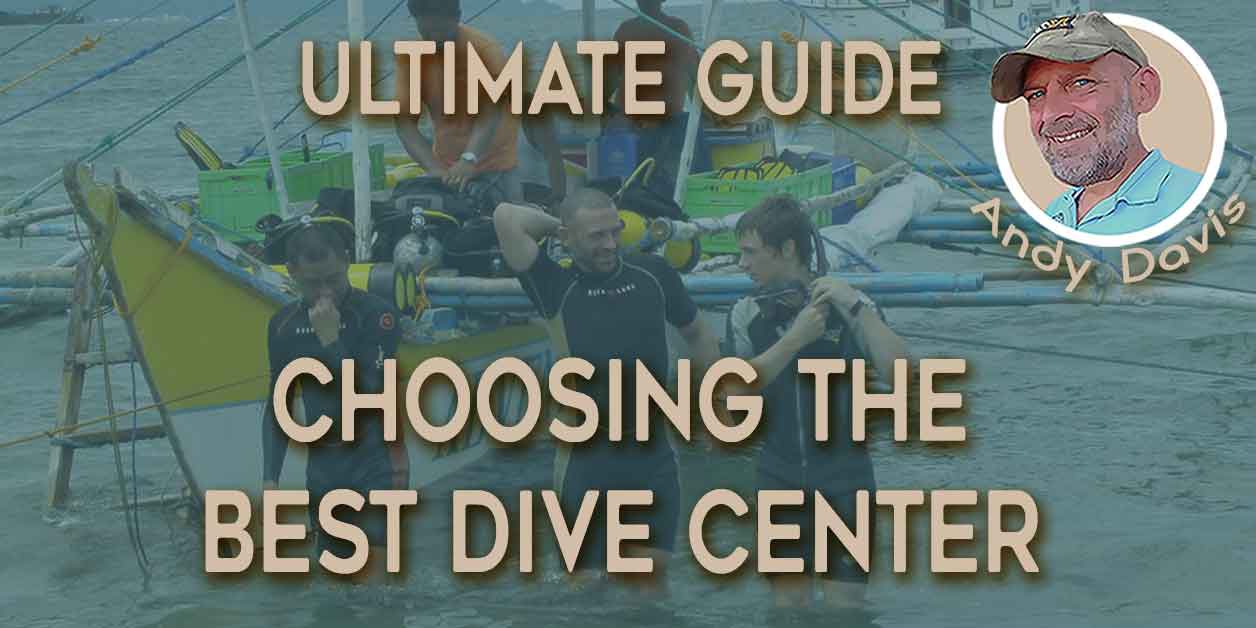How to Nail Perfect Weighting for Your Dive: An Ultimate Guide
Exploring the captivating underwater world as a scuba diver is a thrilling adventure, but it comes with a fundamental challenge: achieving impeccable buoyancy control. To glide effortlessly beneath the waves, you must master the art of perfect weighting for divers.
As your diving expertise grows and you encounter different equipment and environments the importance of precise weighting becomes increasingly evident. The journey toward optimal buoyancy is an ongoing process of refinement and adjustment.
During the initial stages of your diving journey, you will;
- Become attuned to underwater breathing patterns
Attain a higher level of relaxation - Notice the gradual reduction in the amount of weight you require.
The ultimate objective, however, remains consistent: to carry just enough weight to maintain neutral buoyancy at any stage of your dive.
The goal is to avoid the burden of excess weight, which would necessitate compensatory additions of air to your Buoyancy Control Device (BCD).
So, how do you determine the precise amount of weight needed for a successful scuba dive? This article presents three primary methods for weight assessment, each contributing to your journey toward perfect weighting.
By embracing these methods and consistently evaluating and fine-tuning your weighting, you’ll dive with newfound confidence, knowing that your buoyancy control is finely tuned.
Whether you’re a novice diver eager to enhance your skills or an experienced enthusiast seeking to perfect your weight, this guide serves as your compass on the journey to buoyancy mastery.
Dive in, explore the depths, and discover the art of perfect weighting for an enriched underwater experience.
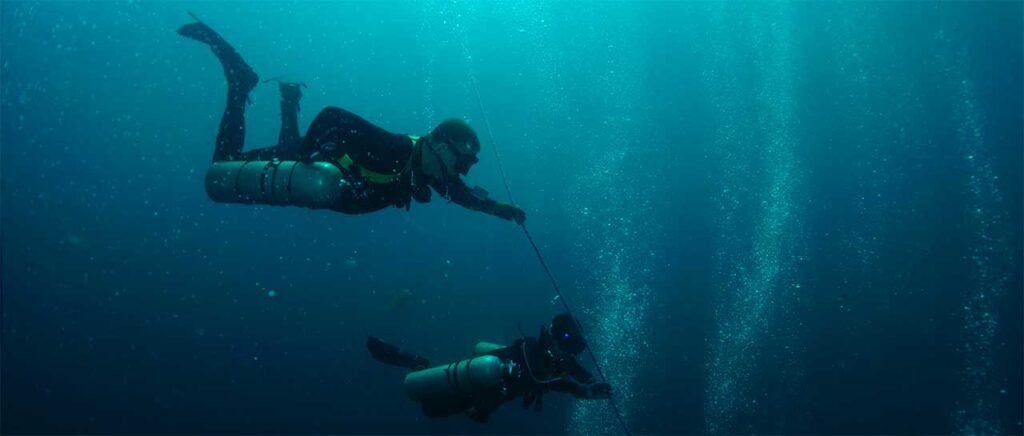
Our aim is to carry sufficient weight to allow us to maintain neutral buoyancy at any stage in the dive, without carrying an excess weight that has to be offset by adding extra air to our BCDs.
How much scuba diving weighting is needed?
At the very most, we need sufficient weight to allow us to maintain neutral buoyancy at the end of the dive when our exposure suits re-gain buoyancy on the ascent and we have depleted a significant weight of gas from our scuba cylinders.
This is essential if we are to maintain safety stops and conduct a slow, controlled ascent from that stop to the surface.
How to confirm your scuba diving weighting
There are three primary methods for estimating, assessing and confirming our weighting requirements:
- Basic weighting guidelines
- Pre-descent weight check
- Shallow water weight check
1. Basic Weighting Guidelines: A Vague Estimation
We can follow a series of basic calculations, which incorporate the buoyancy of our exposure suit and body size to provide a rough estimate of our weighting needs (see below). This allows us to set up a weight belt in advance of our dive.
These estimations, often written in Open Water course manuals, tend to produce grossly overweighted divers.
They can be a useful starting point if change exposure protection, but they need to be greatly refined through more precise in-water checks.
Basic scuba weighting guidelines:
- Swimsuit or dive skin: +0.5–2 kg (1–4 lb)
- 3 mm wetsuits: +5% bodyweight
- 5mm wetsuits: +10% bodyweight
- 7mm wetsuits w/hood: +10% bodyweight + 1.5-3 kg (3–5 lb)
- Neoprene drysuits: +10% bodyweight + 3–5 kg (7–10 lb)
- Trilaminate drysuits: +10% bodyweight +1.5–3 kg (3–5 lb)
Adjust weighting for human factors:
- Women should add 4-5 lb of weight (~2 kg) if diving in saltwater or subtract the same amount for freshwater.
- Men should add 6-7 pounds (~3 kg) if diving in saltwater or subtract the same amount for freshwater.
2. Pre-dive Weight Check: A Quick Assessment
Once we actually enter the water, we can confirm that our estimation was correct.
This check only ensures that we have sufficient weight to descend.
It is a simple, quick check that can be conducted before any dive. To carry out this check, conduct the following steps:
- At the surface, take a deep breath and hold it.
- Cross your ankles to prevent any instinctive fin movement (upward propulsion).
- Keep your arms against your body to prevent any instinctive sculling.
- Hold your LPI vertically upwards and release all the air from your BCD.
- You should now float at approximately eye-level in the water.
- Exhale the breath that you were holding.
- You should now begin to slowly sink.
- If not, then add/remove weight until you do float at eye level whilst holding a normal breath and can sink when you release that breath.
- Once this is achieved, add 1-2kg of weight to account for air use during the dive.
3. Shallow-water Weight Check: Confirming Perfect Weighting
Whilst the pre-dive weight check gives us a fair idea of our weighting requirement, it does not account for air use during the dive.
It is well worth conducting an accurate check that absolutely confirms your weighting requirement under these circumstances.
To conduct a weight confirmation, follow these steps;
- Attempt to hover neutrally buoyant at 3-5m depth, whilst breathing normally.
- Deplete the air in your cylinder to 30 bar.
- Slowly reduce the weight that you are carrying (small weights are best, for fine-tuning).
- When you reach a stage that requires breathing adjustment (shallow breathing) to maintain your stop depth, then you have reached your absolute minimum weighting.
Once you confirm your minimum scuba weighting requirements, you can be confident that you will have enough weight for:
- Your initial descent
- To hold a safety stop with minimum air remaining in your cylinder
Nothing more, nothing less. Your progress towards effective buoyancy now has a strong foundation and will be considerably easier.
Get Your Dive Weight Correct
In conclusion, achieving the perfect weighting for scuba diving is a vital skill that every diver should master. It’s not a static aspect of diving but rather a dynamic process that evolves with experience, equipment changes, and diving environments.
As you progress in your diving journey, you’ll become more attuned to the subtle adjustments needed to achieve that ideal buoyancy underwater.
The goal is to carry just the right amount of weight, allowing you to maintain neutral buoyancy throughout your dive. This ensures safety during descent, ascent, and crucially, during those all-important safety stops.
Remember, there are three primary methods for determining your scuba diving weighting requirements:
- The basic weighting guidelines offer a starting point, but they often result in over-weighting.
- The pre-dive weight check allows you to fine-tune your weight before each dive, ensuring a comfortable descent.
- The shallow-water weight check is your key to precise weighting, taking into account air use during the dive and helping you hover neutrally at various depths.
By following these methods and continually assessing and adjusting your weighting, you’ll dive with greater confidence and control. Achieving perfect weighting is not just about comfort; it’s about enhancing your overall underwater experience.
So, as you venture into the depths, remember that perfect weighting is well within your reach, and it’s a skill that will serve you well on every dive.
Read More To Improve Your Diving!
About The Author

Andy Davis is a RAID, PADI TecRec, ANDI, BSAC, and SSI-qualified independent technical diving instructor who specializes in teaching sidemount, trimix, and advanced wreck diving courses.
Currently residing in Subic Bay, Philippines; he has amassed more than 10,000 open-circuit and CCR dives over three decades of challenging diving across the globe.
Andy has published numerous diving magazine articles and designed advanced certification courses for several dive training agencies, He regularly tests and reviews new dive gear for scuba equipment manufacturers. Andy is currently writing a series of advanced diving books and creating a range of tech diving clothing and accessories.
Prior to becoming a professional technical diving educator in 2006, Andy was a commissioned officer in the Royal Air Force and has served in Iraq, Afghanistan, Belize, and Cyprus.
In 2023, Andy was named in the “Who’s Who of Sidemount” list by GUE InDepth Magazine.
Purchase my exclusive diving ebooks!
Originally posted 2011-07-01 14:53:51.








